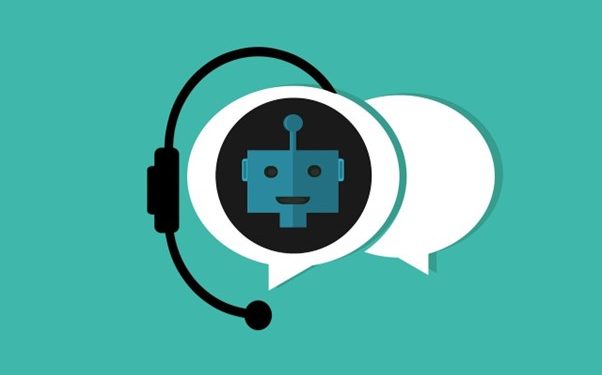We’ve all daydreamed of having an assistant always at our beck and call. Someone who is brimming with knowledge and ready to chat anytime, anywhere. That’s what chatbots are all about: little bundles of code woven into virtual companions. Chatbot development has been the rave recently, but how do you make a chatbot (based on the Topflight multi-year study)? Dust up your boots and lace up. Let’s go right into custom chatbot development methodology.
Chatbot development in 2024
Think Alexa, Siri, and a host of others. One of the most significant technological advancements of the past years was the chatbot, which is now widely used on sites like Facebook, Slack, and Telegram, among other digital platforms. According to predictions, chatbot development will still be a hot search in 2024.
Types of chatbots
There are three types of chatbot.
Rule-based chatbots are programmed to follow a set of rules or routines while responding to prompts. These chatbots are helpful when it comes to doing the basic duties that were designed for them. However, as its programmers continue to train it, it will be able to do increasingly difficult jobs.
Machine-learning-based chatbots try to understand and digest the question, and they can carry on more complex discussions. It applies the knowledge it has gained from the previous prompts to address more difficult questions in the future.
Hybrid-based chatbots blend live chat functionality with the finest aspects of AI and rule-based technologies to improve user experience.
How to Make a Chatbot
- Choosing the Right Chatbot Platform: Chatbot platforms come with easy-to-use chatbot builders that let you create chatbots using basic building elements. These platforms are becoming more popular because they are simple to use, save time, and produce outcomes that are on par with those of more involved techniques.
- What is your chatbot’s objective? Every great hero needs a quest, and so does your chatbot. Start by defining its purpose: will it be for customer service? FAQs or a personalized learning guide? Knowing its role helps shape its personality and abilities.
- Plan out the prompt flow: It’s time to write! Craft prompts that guide users toward their goals. Think of clear and concise language, branching options for different inquiries, and even a dash of humor if you want that in your chatbot build.
- Train, train, and train your chatbot: AI comes in here. You’ll feed your bot with lots of text data, from FAQs to sample conversations. It might be a slog process, but your bot learns by absorbing information and identifying patterns. It is mainly a repetitive process.
- Preview, Test, Beta Test: Your chatbot needs to practice like a typical human being. Rigorous testing uncovers weaknesses: confusing responses, dead ends, or misinterpreted questions. Be your bot’s toughest critic, and iterate relentlessly until it shines like a pearl.
- Launching your chatbot: Integrate your chatbot onto your chosen platform, making it accessible to your target audience. Watch as it interacts with real users, gathering valuable feedback for further fine-tuning.
Basic steps to keep your chatbot up to date
But wait, it doesn’t stop there…
Building a chatbot is just the tip of the iceberg. Remember, it’s a journey, not a destination. Here are some extra tips to keep your chatbot evolving daily.
Your chatbot needs a bit of human touch. Infuse your chatbot with a unique personality that aligns with your brand and resonates with your users. A friendly tone goes a long way.
Embrace Continuous Learning. As your chatbot encounters new situations and feedback, keep training it with fresh data. This ensures it stays relevant and improves over time.
Keep a close eye on your chatbot from time to time, and track your chatbot’s performance using analytics tools. See what works and what doesn’t, and adapt accordingly. When you create a chatbot, you must implement a continuum quality assurance process, where the chatbot is constantly checked for bugs.
Listen to Your Users: they’re the ultimate judges. When you build a chatbot, you must gather feedback through surveys, reviews, and even direct conversations. Their insights will help you fine-tune your bot.
Conclusion
Remember, to make a chatbot is like creating a new friend. With dedication, creativity, and some sprinkling of AI, you can build a valuable companion that enriches countless users’ lives (or digital experiences). So, go forth, unleash your inner chatbot spirit, and build something remarkable!
Author:
Priya Raeesa: Priya is an experienced mobile app developer with a flair for simplifying complex concepts. Her articles aim to demystify the app development world and empower others to create innovative mobile solutions.







